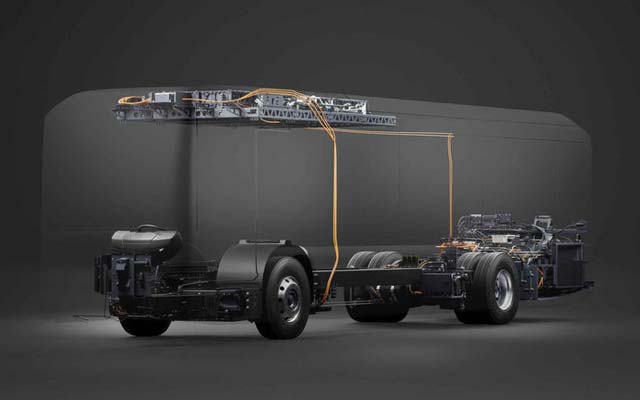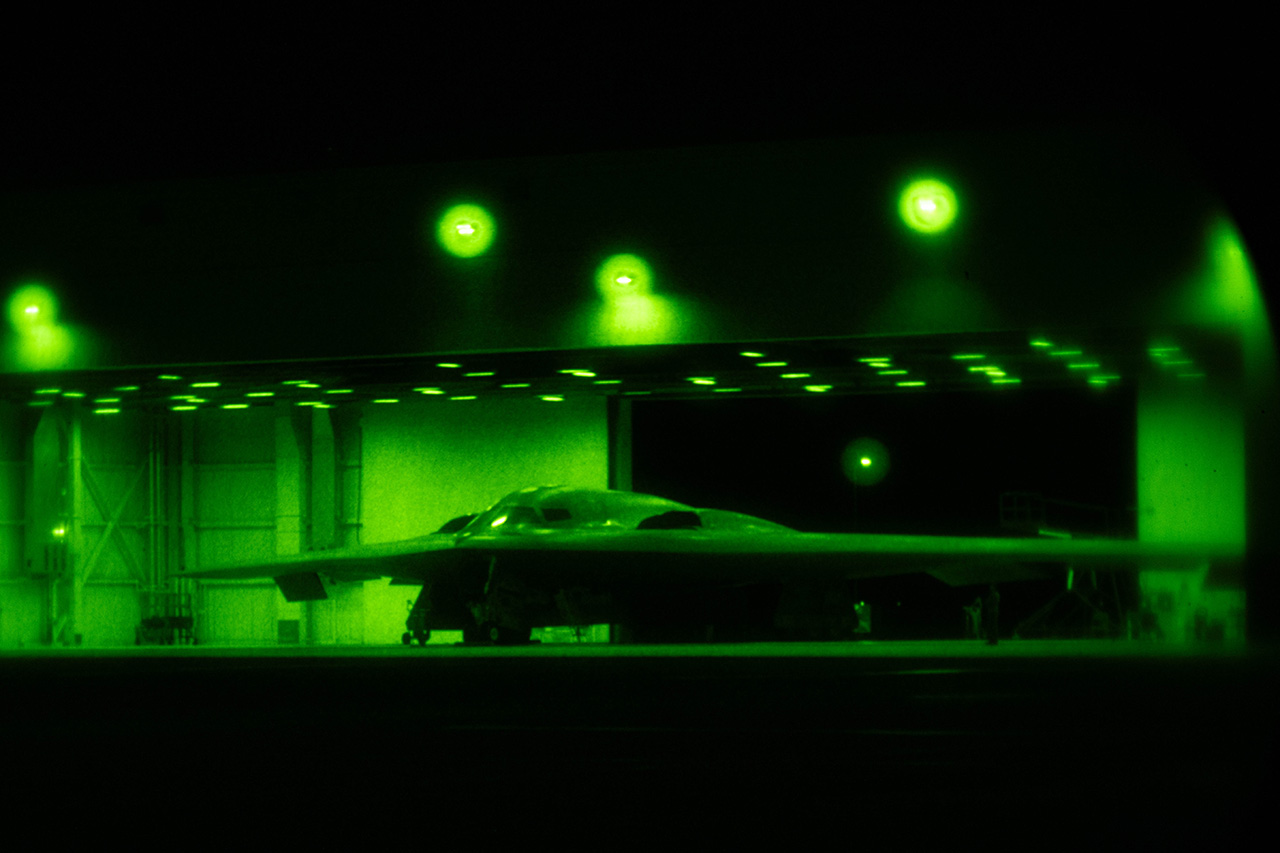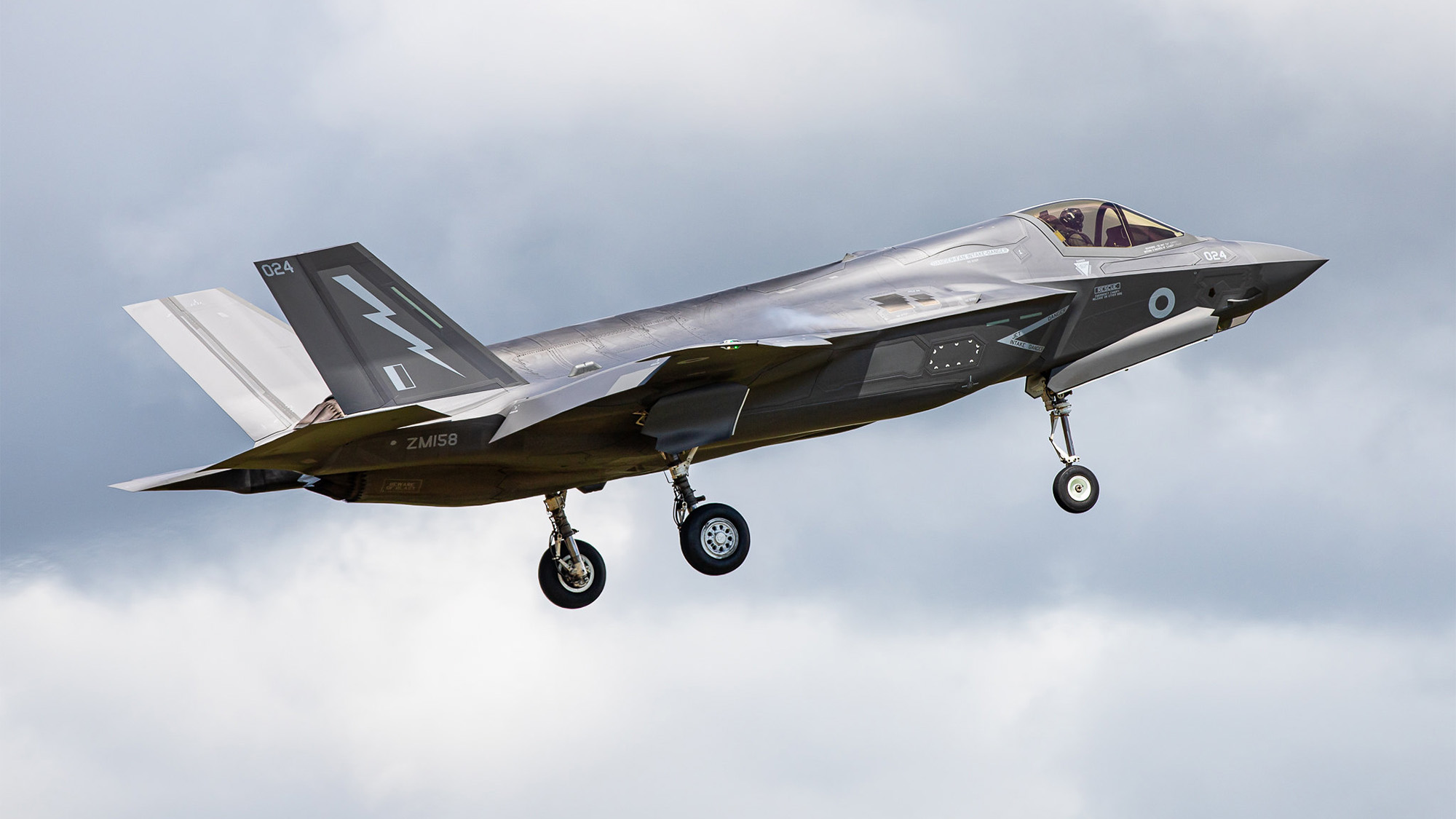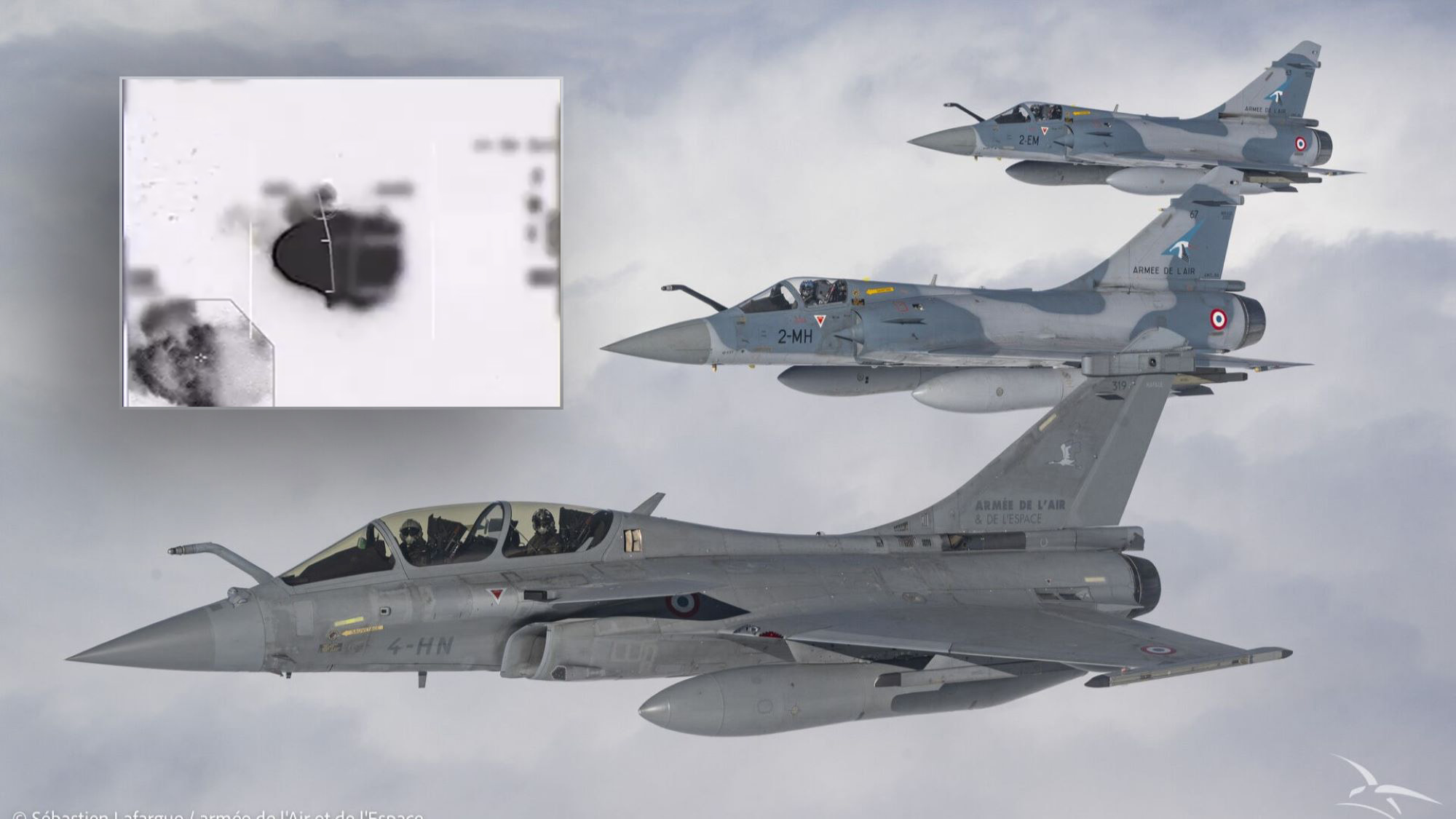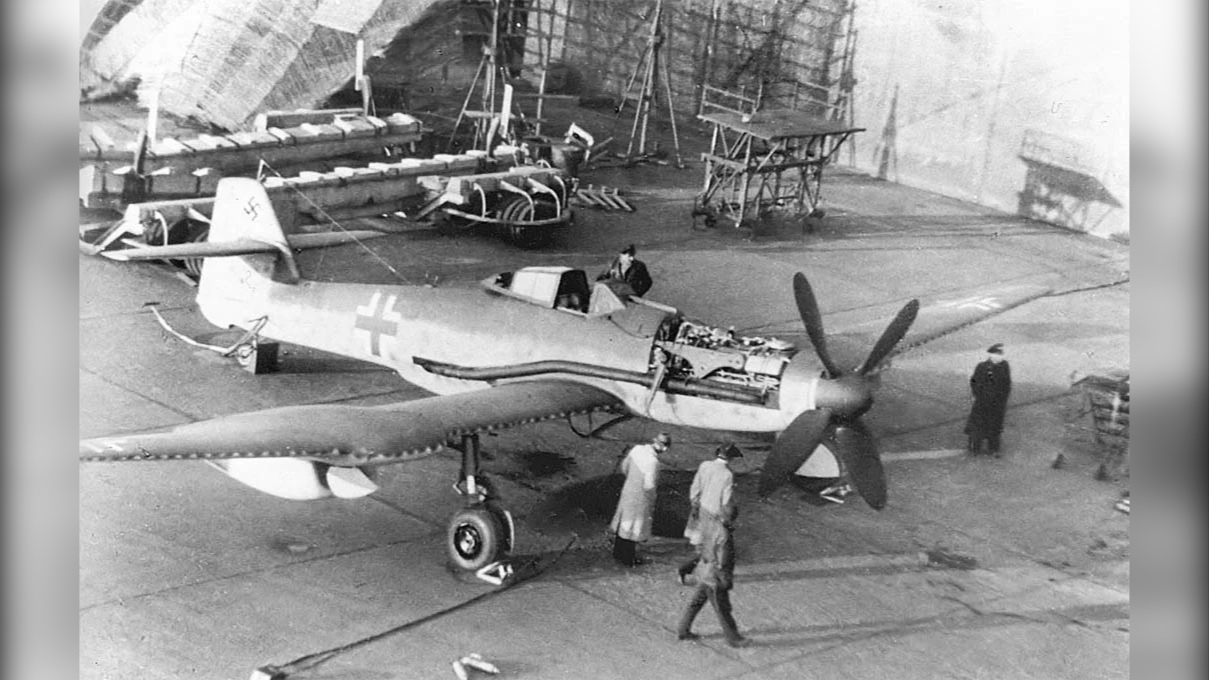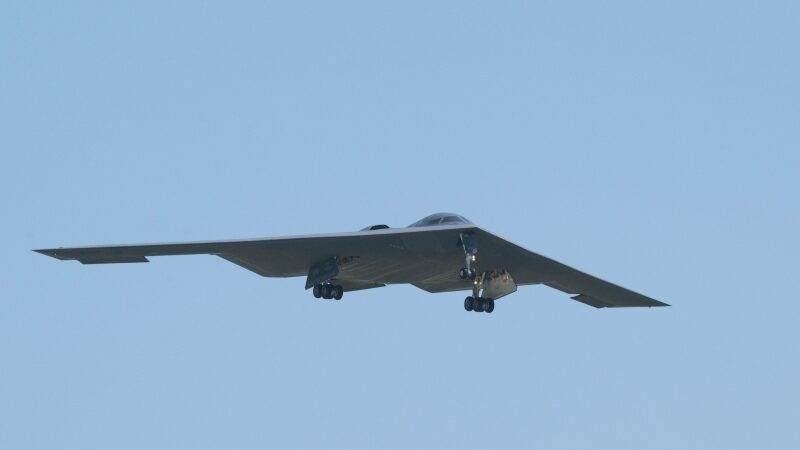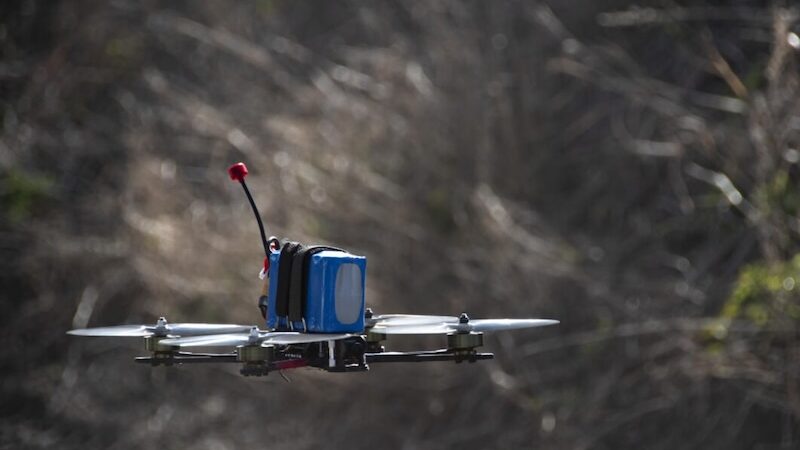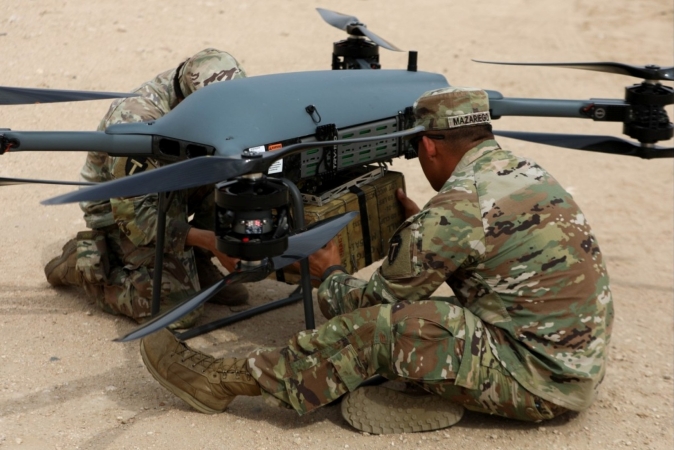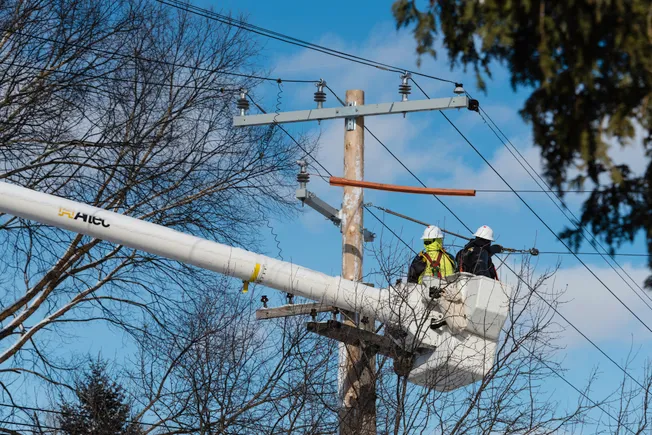Pentagon formally unveils $961.6 billion budget for 2026, with reconciliation help
The budget reveals new details about some key programs, including an apparent decision to put the Navy’s next-gen fighter jet on the backburner.


Airmen assigned to the 34th Fighter Squadron and Fighter Generation Squadron perform pre-flight checks on F-35A Lightning IIs during an agile combat employment exercise at Mountain Home Air Force Base, Idaho, March 28, 2024. (U.S. Air Force photo by Airman Keagan Lee)
WASHINGTON — The Defense Department finally revealed its fiscal 2026 budget today, making official a $961.6 billion request, but without details for how it plans to maintain those spending levels in the coming years.
“This historic defense budget prioritizes strengthening homeland security, deterring Chinese aggression in the Indo-Pacific, revitalizing the US defense industrial base, and maintaining our commitment to being good stewards of taxpayer dollars,” a senior defense official told reporters today.
The Trump administration has been pushing the heightened national security investment to a historic “$1 trillion,” but to get to that figure it is banking on lawmakers passing a reconciliation bill with $150 billion for national security, of which the Pentagon wants to use $113.3 billion in FY26. The senior defense official did not disclose what the department’s backup plan is if Congress is ultimately unable to pass that reconciliation bill.
“In terms of what the plan is if reconciliation does not pass, at this moment, we’re very excited to see the Senate’s progress on reconciliation, very happy that the House has been collaborating on the defense portion,” the senior defense official added.
“This is our request for what we would like to see reconciliation and what we’d like to see the discretionary base,” the defense official later added. “And it will go through the normal congressional budgeting process from here, and we’ll work with Congress on the details.”
FULL COVERAGE:
- Air Force cancels E-7 Wedgetail, citing surviveability and cost concerns
- Navy’s 2026 shipbuilding budget seeks just 3 warships in base request, 16 in reconciliation
- Army seeks hefty boost in network funding in Pentagon procurement proposal
- House GOP appropriators pass defense spending bill defeating Dem measures on Air Force One, Ukraine
- House appropriators call for new Space Force acquisition pilot
- Pentagon’s $205B procurement budget revealed: New weapons require reconciliation
In a best-case scenario for the Pentagon, the department will receive the entire pot of $961.6 billion next year. Beyond that, however, the Defense Department has yet to put together a five-year spending plan, as is customary, leaving open questions about the longer-term funding plan for key initiatives like Golden Dome or shipbuilding.
Despite the lack of a formal plan, the senior defense official told reporters, “Unless the President’s tone changes, I imagine [we] will stick with a trillion dollars for national defense” in 2027 and beyond.
Breakdown
At the time of publication, the Pentagon and services had not published comprehensive budget justification documents and spending overviews. But based on available documents, the Pentagon plans to use its money for the following:
- Military personal: $184 billion ($689 million from reconciliation bill and $183 billion from the base request)
- Procurement: $205 billion ($52 billion from reconciliation bill and $153 billion in base request)
- Research and development: $1.2 billion (all in the base request)
- Operation and maintenance: $107 billion ($9 billion from reconciliation bill and $97 billion in the base request)
- Military construction: $19.8 billion ($842 million from the reconciliation bill and $18.9 billion in the base request)
As for the breakdown amongst the services, the request includes $197.4 billion for the Army, $292.2 billion for the Navy, $301.1 billion for the Air Force and Space Force, and $170.9 for defense-wide activities.
Among the biggest muscle movements for weapons accounts is a smaller F-35 buy — with the Air Force cutting its F-35A procurement to 24 jets for a total DoD-wide purchase of 47 Joint Strike Fighters this year.
The budget relies on reconciliation funding in order to fund 16 of 19 ships requested, including a second Virginia-class submarine in FY26 and two Arleigh Burke-class destroyers, which are typically a mainstay of any funding request.
The senior defense official also said that the decision to continue with the Navy’s next-generation strike fighter program, F/A-XX, is pending with the administration, but there is $74 million requested to complete the design work.
“We did make a strategic decision to go all in on [the Air Force’s] F-47 with a $3.4 billion request for that program due to our belief that the industrial base can only handle going fast on one program at this time, and the presidential priority to go all in on F-47 and get that program right, while maintaining the option for F/A-XX in the future,” the senior defense official said.
Meanwhile, the budget request confirmed many of the Army’s previously announced string of program cancellations including the M10 Booker, Robotic Combat Vehicle, Improved Turbine Engine Program, as well as the cessation of Joint Light Tactical Vehicle procurement and Grey Eagle drone.
When it comes to autonomy work across the services, the department is planning to invest $13.4 billion next year. That pot is broken up with $9.4 directed to unmanned aerial systems, $210 million for autonomous ground vehicles, $1.7 billion for autonomous on the water capabilities, $734 million for underwater capabilities and $1.2 billion for “enabling capabilities” like autonomy software.

























